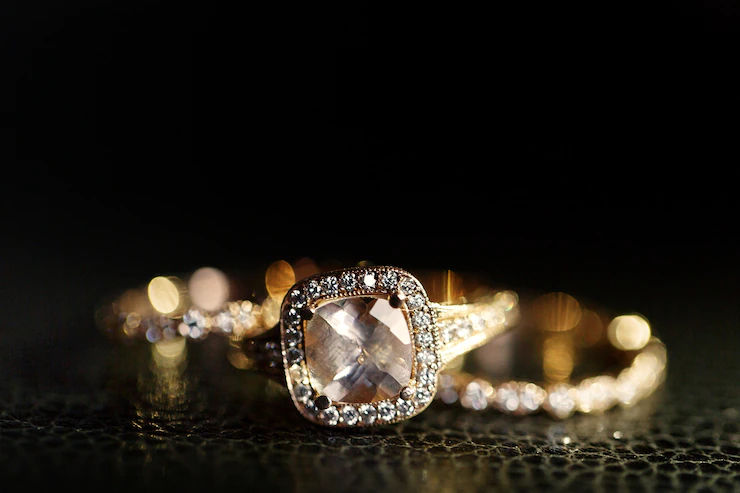Antique jewelry is any piece that is at least 100 years old, while Estate Vintage & Antique rings can be any period or type of jewelry. Estate jewelry often refers to pieces created in the 20th and 21st centuries, which have not yet been classified as vintage.
Vintage jewelry typically refers to pieces made before 1950, although there are some exceptions. Some people extend this term to include mid-century modern pieces from the 1960s and 1970s as well.
Both antique and vintage pieces tend to be more valuable than estate items because they are older, rarer, and more sought after by collectors. However, certain types of newer jewelry can also become collectible with enough demand from consumers. Because of this, it’s important for anyone interested in buying or selling jewelry to be familiar with the different terms and what they mean.
Here are 15 key differences between antique, estate, and vintage jewelry:
1. Antique jewelry is at least 100 years old, while estate jewelry can be any period or type of jewelry.
2. Estate jewelry often refers to pieces created in the 20th and 21st centuries, which have not yet been classified as vintage.
3. Vintage jewelry typically refers to pieces made before 1950, although there are some exceptions. Some people extend this term to include mid-century modern pieces from the 1960s and 1970s as well.
4. Both antique and vintage pieces tend to be more valuable than estate items because they are older, rarer, and more sought after by collectors.
5. However, certain types of newer jewelry can also become collectible with enough demand from consumers.
6. Because of this, it’s important for anyone interested in buying or selling jewelry to be familiar with the different terms and what they mean.
7. Some key differences between antique, estate, and vintage jewelry include when the pieces were created, who made them, their style and design, and how much they cost today.
8. Only a few manufacturers create high-quality antique or vintage pieces that can hold their value over time. These companies include Cartier and Tiffany & Co., among others.
9. Many people prefer antique and vintage jewelry to estate pieces because they prefer the style and quality of older pieces.
10. Estate jewelry can often be found at pawn shops, thrift stores, flea markets, garage sales, or online auction sites like eBay. In contrast, antique and vintage jewelry are typically only available for purchase at specialized jewelry stores or through private collectors.
11. The cost of antique and vintage jewelry depends on a number of factors including the rarity of the piece, its craftsmanship, and any unique or unusual features it may have. Typically, these items are more expensive than estate pieces due to their higher value as collectors’ items.
12. Some common types of antique and vintage jewelry include engagement rings from the Art Nouveau period, Victorian-era bracelets, and Georgian-style pendants.
13. Estate jewelry can include any type or style of jewelry, but it is typically less valuable than antique or vintage pieces.
14. The value of estate jewelry also depends on its condition, with well-maintained pieces typically fetching higher prices than those that are damaged or in need of repair.
15. Ultimately, the decision of whether to buy antique, vintage, or estate jewelry depends on personal preference and budget. Collectors will often pay more for rare or unique pieces that hold special meaning to them, while others may prefer newer items that are less expensive and easier to find.

